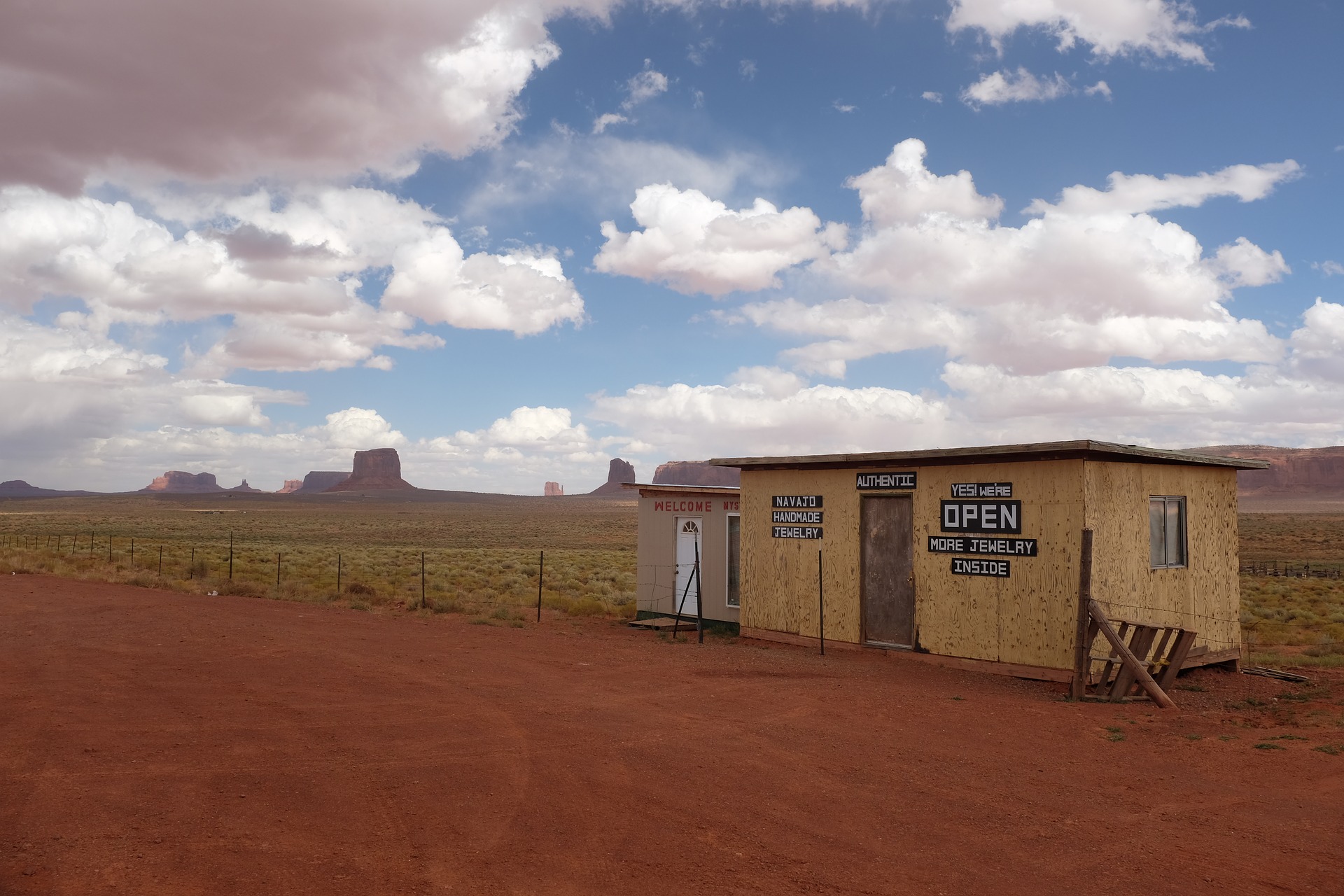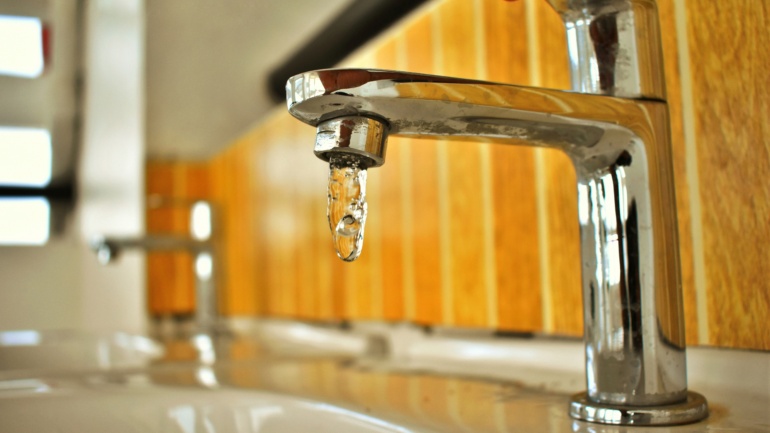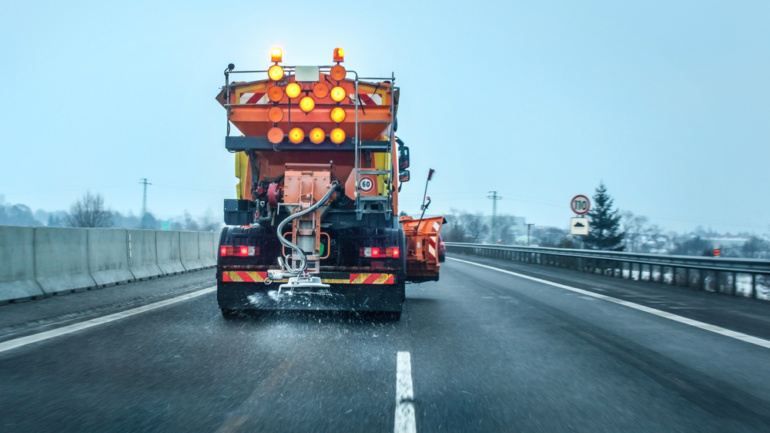By Matisse Emanuele, Staff Writer and Researcher for Save The Water™| May 22, 2020, Updated December 18, 2021
How do you fight COVID-19 with limited access to water? While health officials advise people to stay in their homes and wash their hands, many can’t do that. About 2.2 million Americans don’t have access to running water and basic indoor plumbing in their homes. As a result, these unprepared communities suffer in the fight against Covid-19. For example, the people of the Navajo Nation struggle to fight the Covid-19 pandemic with poor water infrastructure.
About 36 Percent People of the Navajo Nation Don’t Have Access to Running Water to Fight Covid-19
In general, poor water infrastructure can include any combination of three factors:
-
- Lack of clean running water and/or
- No or limited indoor plumbing and/or
- No or limited access to clean, pollution-free water
To be sure, fighting viruses like Covid-19 turns on access to running water and water sanitation. In fact, in the United States, people of color and indigenous peoples make up most of the communities that lack water infrastructure. Yet fighting Covid-19 depends on clean water
Among other measures, health officials want people to prioritize washing their hands and staying at home. But people that don’t have running water at home must leave the safety of their homes to get water. And that water often doesn’t come cheap. According to CBS news, “A study looking at water issues in Navajo Nation…found Navajo households without running water paid 71 times the amount that water users in typical urban areas paid.”
On top of this, households lacking water infrastructure must often ration water. Now, many prioritize using clean water for drinking as well as watering livestock and crops over hand washing.
How Did the Navajo Nation Come to Lack Clean Water to Fight Covid-19?
For nearly 100 years, equity in American water infrastructure has failed. Most often, this inequity affects people of color. During the 1930s, America built an extensive water and sanitation system. However, as George McGraw, founder of DigDeep, a nonprofit focused on water access issues, pointed out, the water infrastructure design intentionally left out poor people and communities of color. According to DigDeep and US Water Alliance’s study “Closing the Water Access Gap in the United States” ,if you’re a person of color in the United States, you’re nearly twice as likely to lack access to clean, safe water. According to the study, if you’re of a nation of indigenous peoples, you’re nearly 19 times more likely.
Over 150 years ago, indigenous peoples of the United States signed treaties or negotiated with the United States federal government for promises of access to, among other things, infrastructure. However, many of these promises remain under fulfilled.
Now, as communities battle for better water infrastructure, declining funding only compounds health issues. For example, CBS News reported the Indian Health Service, a federal agency responsible for providing health care to certain indigenous peoples, estimated that it needed about $2.7 billion to provide water lines and sanitation to the Navajo Nation. Despite that advice, Congress only appropriated less than 4 percent of that money.
How Do We Fix Water Infrastructure Despite Covid-19 for Communities, Including the Navajo Nation?
Although this crisis may ravage communities without water infrastructure during the Covid-19 crisis , many seek to prevent the next crisis. The United States federal government has allocated funds to the Navajo Nation and other indigenous peoples and communities as part of a Covid-19 relief package. Despite the restrictions on the funds to target the current Covid-19 crisis, some want to use this money to help fix systemic infrastructure issues, including lack of clean, safe water in homes.
Navajo Nation President Jonathan Nez explained to the Washington Post earlier this month, the money that Congress appropriated has a lot of restrictions, such as requirements to get supplies for Covid-19. But he wants to prevent the same problems in the next pandemic.
Four Ways You Can Support Better Water Infrastructure in Vulnerable Communities
-
-
- Donate water or money to help fill urgent gaps.
- Tell officials to prioritize all communities’ water infrastructure in future stimulus bills.
- Advocate for partnerships between federal agencies, states, and indigenous peoples to provide water deliveries and set up hand washing stations.
- Tell others about these issues.
-
References
- Robert Klemko, May 11 2020, “Coronavirus has been devastating to the Navajo Nation, and help for a complex fight has been slow” , Washington Post, https://www.washingtonpost.com/national/coronavirus-navajo-nation-crisis/2020/05/11/b2a35c4e-91fe-11ea-a0bc-4e9ad4866d21_story.html
- Maude Barlow, April 22 2020, “COVID-19 puts the human right to water front and centre” Canada’s National Observer https://www.nationalobserver.com/2020/04/22/opinion/covid-19-puts-human-right-water-front-and-centre
- Grace Baek, May 8 2020, “ Navajo Nation residents face coronavirus without running water” CBS News. https://www.cbsnews.com/news/coronavirus-navajo-nation-running-water-cbsn-originals/
- George McGraw, May 2 2020, “How do you fight the coronavirus without running water?” New York Times. https://www.nytimes.com/2020/05/02/opinion/coronavirus-water.html
- Kathrine Baer, March 20, 2020, “ Equitable Water Infrastructure in the COVID-19 Crisis” River Network. https://www.rivernetwork.org/equitable-water-infrastructure-in-the-covid-19-crisis/
- Dig Deep and US Water Alliance. (2019). Closing the Water Access Gap in the United States. Retrieved from http://uswateralliance.org/sites/uswateralliance.org/files/Closing the Water Access Gap in the United States_DIGITAL.pdf
Related reading: Benton Harbor Lead Pollution Highlights Outdated Water Infrastructure





